- About us
- Support the Gallery
- Venue hire
- Publications
- Research library
- Organisation chart
- Employment
- Contact us
- Make a booking
- Onsite programs
- Online programs
- School visit information
- Learning resources
- Little Darlings
- Professional learning
Bob Dyer (1909–1984), entertainer, was born in Tennessee and came to Australia in 1937. He began his career playing banjo and singing in a hillbilly show at Sydney’s Tivoli Theatre. There, in 1940, he met showgirl Thelma Phoebe McLean (1925–2004), known professionally as Dolly Mack, and married her after a nine-day courtship. Bob started working on radio in 1941, and made eleven commercial 78 rpm singles in 1939–1940, nine of them in Sydney. His numbers included ‘The Ediket Song’, ‘She’ll be Comin’ Round the Mountain’ and ‘The Pants That My Pappy Gave Me’. During the second half of the war he and Dolly worked as entertainers for Australian and American servicemen. Afterwards, Bob hosted Bob Dyer’s Dude Ranch on ABC radio before premiering the quiz show Pick-a-Box on radio in 1948. In 1957 he and Dolly adapted Pick-a-Box to the new medium of television. The show was to run for 23 years with the Dyers as hosts, earning Bob the second-ever Gold Logie in 1961, and both of them a Special Gold Logie on their retirement in 1971. That year, Bob, who’d retained his US citizenship, was made an honorary OBE and Dolly an MBE. Both were passionate about big game fishing and powerboat racing, and in retirement devoted their lives to watersports in North Queensland.
Collection: National Portrait Gallery
Purchased 2003
© Michael McQuillan's Classic Photographs
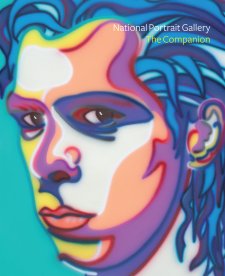
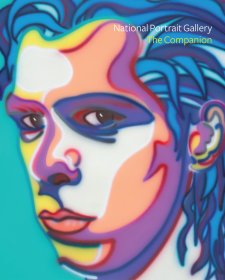

On one level The Companion talks about the most famous and frontline Australians, but on another it tells us about ourselves.
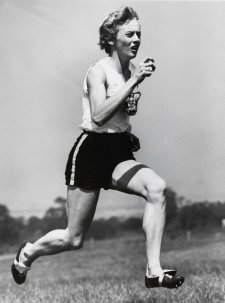
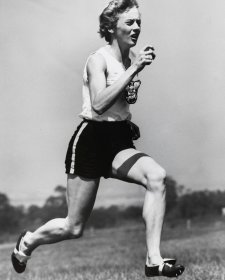
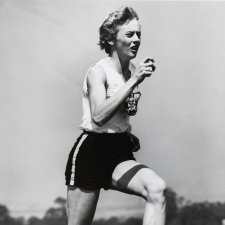
Former NPG Deputy Director, Simon Elliott talks with Ern McQuillan about his life and career as a sports photographer.


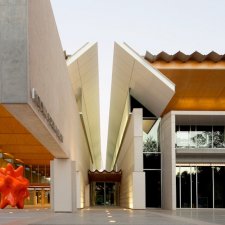
Visit us, learn with us, support us or work with us! Here’s a range of information about planning your visit, our history and more!